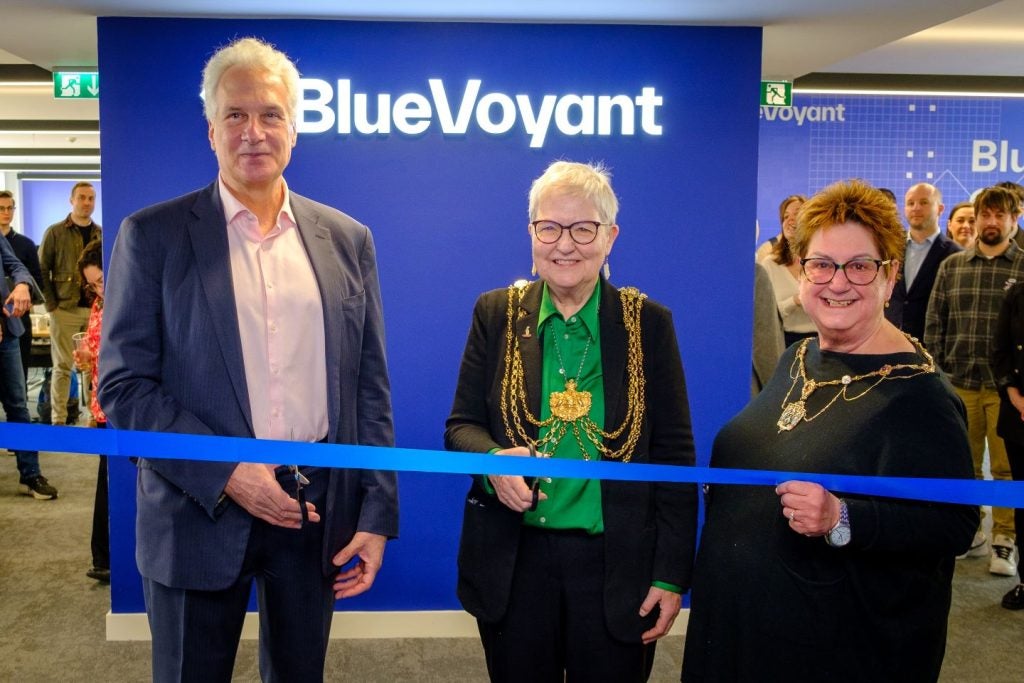
Chipmaker Intel is creating a new business unit to focus on software and another to concentrate on high-performance computing and graphics in CEO Pat Gelsinger’s latest effort to revitalise the company’s fortunes within the data centre market.
The corporate restructuring comes as Intel faces increasingly fierce competition from Advanced Micro Devices (AMD), Nvidia and Arm.
The software unit, officially known as the Software and Advanced Technology Group, will be run by Greg Lavender and will concentrate on “technical innovation and research programs”.
This will include creating tools for customers to write their own software on Intel’s proprietary chips. Lavender, who most recently served as VMware CTO, will also become Intel CTO.
Apple and AMD veteran Raja Koduri will lead the Accelerated Computing Systems and Graphics Group, which will look to counter the rise of Nvidia’s GPUs in the data centre with high-performance graphics solutions of its own.
Intel had previously organised all data centre activities under one unit – the Data Centre Platform Group. This will now be split in two, with Datacenter and AI to develop “leadership data centre products”. Sandra Rivera, previously Intel’s chief people officer, will lead the group as executive vice president.
How well do you really know your competitors?
Access the most comprehensive Company Profiles on the market, powered by GlobalData. Save hours of research. Gain competitive edge.

Thank you!
Your download email will arrive shortly
Not ready to buy yet? Download a free sample
We are confident about the unique quality of our Company Profiles. However, we want you to make the most beneficial decision for your business, so we offer a free sample that you can download by submitting the below form
By GlobalDataThe second data centre unit will combine with Intel’s previous internet of things group to become the Network and Edge Group. It will develop products used on the edge of the network and will be led by Nick McKeown, who joined Intel via the 2019 acquisition of Barefoot Networks.
As with any restructuring, there are losers as well as winners. Navin Shenoy, who had been leading the Data Centre Platform Group, will step down after 26 years at the company.
Intel rivals gain ground in data centre
Intel’s data centre unit is the company’s second-largest revenue stream after PCs. The revamp puts the data centre front and centre after increased competition has steadily eroded the US company’s market share.
This has led to slumping sales, with data centre revenues dropping by 20% year-on-year in its most recently reported quarter. Intel has been on that downward trajectory for more than a year after being the dominant player in the server space for a long reign. Despite declining sales, it remains king of the CPU server, commanding a market share of between 80% and 90%, while AMD picks up the remaining slice of the pie.
Last week Google Cloud selected AMD chips to power its data centres in another blow for Intel.
Historically Intel has largely stayed away from GPUs but their superior performance for complex tasks – particularly those involving large datasets – has seen wide adoption in the data centre. Nvidia has been the chief beneficiary of this shift and Intel's new graphics business unit will aim to fend of Nvidia's foothold.
Intel also faces a rising threat from Arm. Its microprocessor designs are ubiquitous in smartphones and tablets but have been growing in clout in the data centre. Last month Oracle unveiled server chips based on Arm designs.
Nvidia is in the process of acquiring Arm, which could see the two companies combine their CPU and GPU expertise to threaten Intel in the data centre on dual fronts. However, it is a battle that may not come to pass with the Nvidia-Arm deal facing multiple regulatory hurdles.
The restructuring is the latest sweeping change by Gelsinger, who took the reins at Intel in February this year.
He swiftly made his mark by spinning out a new business unit dedicated to manufacturing semiconductors for other companies – a move Intel has promised before but failed to deliver on.
Intel is an integrated device manufacturer (IDM), which means it both designs and manufactures its integrated circuits. The strategy is aimed at securing business from “fabless” companies such as Qualcomm and Nvidia and generate an additional revenue stream at a time when demand for semiconductors is at a record high. A $20bn investment has been earmarked to expand chipmaking in Arizona to assist with this project.
At the time, Gelsinger said: “Intel is back. The old Intel is now the new Intel.”
Michael Orme, thematic research analyst at GlobalData, said Intel’s restructuring will help “ready itself for the age of the SoC [systems-on-a-chip] as the new motherboard”.
SoCs integrate multiple chipset features, such as a graphics processing unit, memory and power management, into a single silicon chip.
“At the same time, for complex reasons, including thermal and power draw issues at 5nm line widths and below, the base technology will shift from today's motherboard-based monolithic chips to SoCs involving multiple functions often with different vendor inputs per chip and 3D packages of multi-layered chips,” Orme said.
He added: “While it is unclear about who will be doing exactly what within the 2025 semiconductor ecosystem, Intel, for one, wants to avoid being blindsided."
The prize for the companies providing the bulk of the components to data centres is high; according to GlobalData forecasts the data centre market will be worth $948bn by 2030.




